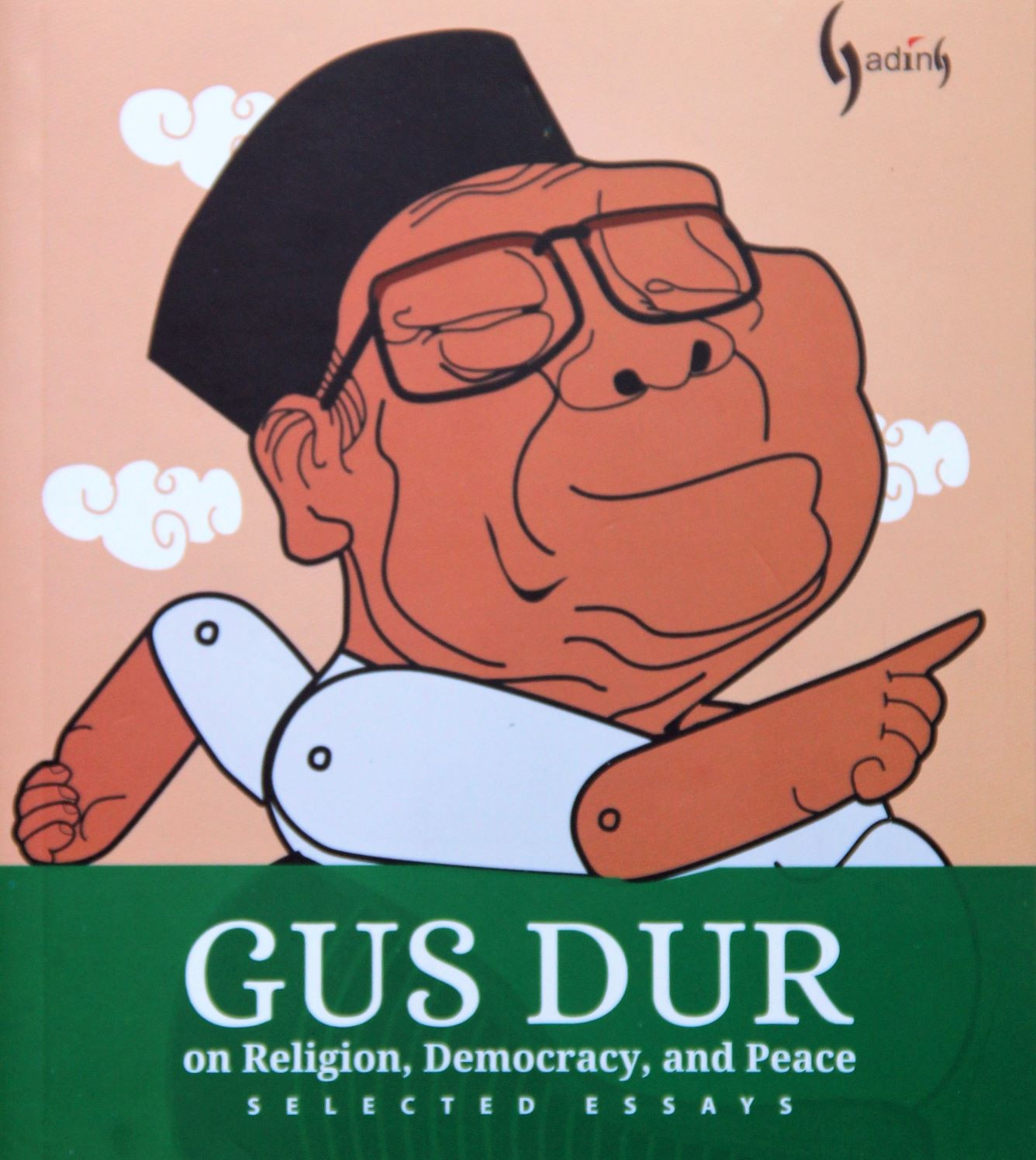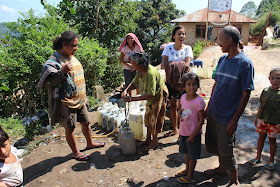Slow genocide in Papua?
Before the horrifying 15 March mosque massacres in Christchurch, New Zealand was best recognized for
its knock-out landscapes and relaxed lifestyle.
The South Pacific islands have a population smaller than Surabaya. On Transparency International’s annual Corruption Perception Index, NZ usually
features as the least corrupt. On the
World Bank’s Ease of Doing Business
Register it’s also number one.
There’s another fact that’s little known – except among
supporters of human rights: NZ hosts movements
backing separatists 7,700 kilometers distant.
About 15 percent of the 4.7 million people in Aotearoa (the
land of the long white cloud) are Maori and a further seven per cent Pacific
Islanders. Both groups tend to champion
independence for the Indonesian provinces of Papua and West
Papua.
So does retired social worker Maire Leadbeater, whose
seventh and latest book See No Evil blames NZ for ‘betraying’ the Melanesians
who last century were colonized by the Dutch.
However following a UN supervised referendum in 1969 the western side of
the island of New
Guinea has been part of Indonesia.
Leadbeater sees this as the root of today’s turmoil because
only just over a thousand Papuans, handpicked by the military, were allowed to
vote.
It was called the Act of Free Choice, but the author labels
it ‘neither free, nor a choice’ – something young Papuans are starting to
discuss as they discover histories at odds with the Jakarta version.
Leadbeater, 73, who comes from a well-known family of robust
political activists, is no casual placard-waver. She was involved in the successful quest to
keep NZ nuclear-free, which led to a ban on visits by US warships.
As a prominent barracker for East Timor’s
independence she was awarded the Order of Timor Leste.
Now she’s spokesperson for Auckland’s West Papua Action Group and
clearly taken seriously by the Indonesian Government. Two years ago it appointed Tantowi Yahya as
ambassador.
Yahya was one of the best known faces on Indonesian TV as
host of the top-rating quiz show Who wants to be a millionaire? Now he has the tough task of persuading Kiwis
that allegations of human rights abuses in Papua are hoaxes, and that separatism
is only backed by a tiny minority manipulated by outsiders.
Leadbeater won’t buy it, and in See No Evil sets out
the troubled history of the two provinces which are controlled from Jakarta, 3,670 kilometers
west, though they’ve recently gained some degree of autonomy.
The book, published by the University of Otago Press,
was released just ahead of two major developments: First was a shocking incident in late
December when a road gang pushing a highway through the interior was ambushed.
At least 19 men were shot (reports are confusing); the army
is currently hunting the killers.
Then in January a
petition allegedly signed by 1.8 million Papuans seeking an internationally
supervised referendum on independence was handed to the UN High Commissioner
for Human Rights.
Leadbeater quotes academics claiming there’s been ‘soft’ or
‘slow genocide’ over the decades with estimates of 500,000 dying of fighting,
malnutrition and disease. The HIV rate is 15 times greater than in the rest of
the Republic.
About one million mainly Muslim farmers from overcrowded
Java have migrated to Papua, which is predominantly Christian. President Joko Widodo has regularly
insisted that road building is a high priority.
Highways
will benefit new settlers but the indigenous owners see development speeding
the destruction of their culture.
It seems
the Melanesians are doomed, like the Aborigines in Australia and Maori in NZ, to
become a minority in their own land.
Entrepreneurs are moving in to fell the forests, plough plantations and
plunder the minerals.
Leadbeater’s
book is no inflammatory tract but a scholarly account of the region’s history
and present plight. Papua’s blessing –
and curse – is to be resource-rich.
Prime is
Grasberg, the world’s largest gold and second largest copper mine on the Puncak
Jaya mountain. Reserves are worth an
estimated US $100 billion.
This is Indonesia’s
largest taxpayer so even if the government was prepared to stare down the
nationalists and give in to the separatists – which is highly unlikely - it
couldn’t cope with the financial losses.
Till
recently the mine was majority-owned by the US company Freeport McMoRan but the
Indonesian government took control last year in a US $3.8 billion deal. The
torrent of money flowing to Jakarta
should now increase along with the development of downstream industries.
It’s here
that Leadbeater is in a bind. She knows
the economic reality, but acceptance would undermine her argument for change.
For her a particular concern is the Indonesian government’s fondness for using
military might to solve social issues.
The policy
didn’t work in Aceh where a long-running civil rebellion only ended this
century with negotiations in another country.
The author
lists the many alleged abuses of human rights, corruption – including the
payment of US $20 million by the company to generals - destruction of the
environment and maltreatment of the population; these are all serious issues
which only seem to be addressed piecemeal.
Nationalism
is growing fast in Indonesia
where the nation is defined as Merdeka dari Sabang sampai Merauke
– free from Sabang at the top of Sumatra, to Merauke on the border with Papua New Guinea.
Any hint
that Papua might secede like East Timor would
cause an uprising of anger which could trigger violence. This would most likely be directed at Australasia which conspirators believe is plotting to
fracture the Republic. Whatever the NGOs
say and do, Australia and NZ
governments officially recognize the Papuan provinces as part of Indonesia.
For
Leadbeater there’s another alternative to maintaining the distrust, pain and
volatility. She wants her country to repeat its successful brokerage of the Bougainville conflict in the late 1990s by organizing a
meeting of rival factions at a neutral venue.
(A civil
war on the Papua New Guinea
island ended when Bougainville became an
autonomous province. A referendum on
independence will be held later this year.)
She
concludes: ‘Papuan leaders and Pacific peoples are waiting for NZ to put its
efforts into helping to bring peace and justice to the people of West Papua.’ It
could be a long wait.
http://sr.sgpp.ac.id/post/See%20No%20Evil%20blames%20New%20Zealand%20for%20%E2%80%98betraying%E2%80%99%20Melanesians




